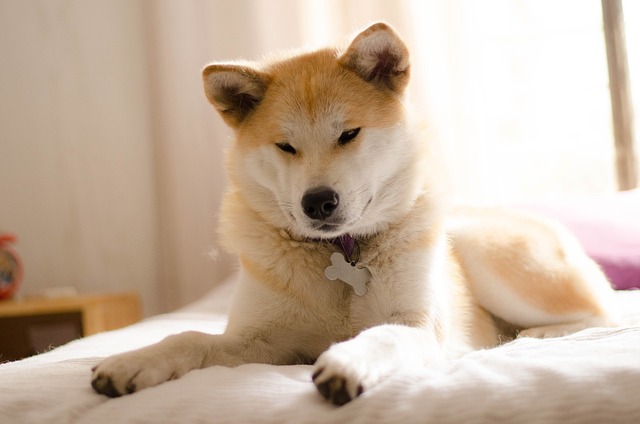
How do i train my dog to be obedient?
Watching your dog dart across the park ignoring your calls isn’t just frustrating—it can put them at risk near busy streets or public spaces.
That frigid Tuesday in your Chicago high-rise when sleet slashes sideways against the windows, and your trembling 9-week-old Dachshund puppy stares up at you—suddenly, racing him downstairs for potty breaks feels impossible. This is where puppy pad training becomes an urban lifesaver, especially for high-rise dwellers, seniors, or pups mid-vaccination. But be warned: slap those absorbent squares down randomly, and you might teach your dog that any flat surface—your favorite rug, the yoga mat—is a toilet. Master the method though, and you’ll build bladder control while keeping everyone sane and compliant with local laws.
The magic lies in how dogs navigate by scent and texture. Unlike outdoor training that taps into their "den instinct," pads use built-in scent attractants—synthetic pheromones that whisper "go here." Puppies naturally prefer absorbent surfaces (ever notice accidents happen on bath mats first?), so consistency is non-negotiable. Designate one indoor potty zone—a low-traffic corner with wipeable flooring, far from food bowls. Punishing misses? Counterproductive and frowned upon. Modern behavior science proves scolding creates secretive piddlers who hide behind couches. Instead, when little Luna nails the pad, shower her with treats tossed onto the surface itself—this wires her brain to associate rewards with that spot.
Start by confining Luna to a puppy-proofed area—maybe a gated kitchen section—with her bed, water, and pads placed several feet away. Dogs avoid soiling sleeping spaces instinctively. Watch for the sniff-and-circle dance, then calmly guide her to the pad zone. Success? Throw a mini-party! For accidents, quietly blot urine with a pad, tuck it under a fresh one to boost scent cues, and scrub the floor with enzymatic cleaner. Apartment hack: if using a balcony, anchor pads inside a shallow plastic tray to stop wind theft, and layer real grass patches later to ease the outdoor transition.

Cultural red flags exist. Dragging puppies to pads or nose-rubbing breaks modern welfare standards—force-free trainers in cities like Minneapolis even host "pad etiquette" seminars. Remember: pads aren’t a walk replacement. Once Luna completes her DHPP vaccines (around 16 weeks) and mandatory rabies shot (state laws vary, but typically 12-16 weeks), prioritize outdoor socialization. Skipping this risks creating a dog terrified of elevators or trash trucks.
Public outings demand compliance too. Always stash biodegradable bags—fines for uncollected waste hit $250 in places like Boston. Apartment dwellers, never toss soiled pads into shared hallway bins; double-bag them in scented kitchen trash. Balcony users, mind your neighbors: urine odors drifting onto patios spark icy glares. Aim to fully transition outdoors by 6 months to prevent lifelong confusion.
Routine is your backbone. Feed on schedule, offer water hourly (pause overnight), and post-nap or play, whisk Luna directly to her zone. Wean off pads gradually: slide them closer to the door daily, then swap for outdoor turf. One Seattle Shih Tzu owner paired pad reduction with cheerful "Go potty!" cues outside—reinforcing the same phrase in both locations.
Done right, puppy pads bridge biology and blizzards. They’re a temporary tool, not a forever fix. Stay patient, stay positive, and soon you’ll trade those absorbent squares for sidewalk strolls—biodegradable bag at the ready.

Watching your dog dart across the park ignoring your calls isn’t just frustrating—it can put them at risk near busy streets or public spaces.

New puppy owners often find themselves rushing to clean up accidents before they set in, and that’s where puppy pad training becomes a game-changer.

If you've noticed your dog's waistline disappearing and your veterinarian has mentioned those few extra pounds, your first instinct might be to simply reduce the amount of food in their bowl.

Training a dog to use a designated spot indoors isn’t as daunting as many new owners fear, but it does take consistency and an understanding of your pet’s needs.

That moment of dread on a walk is all too familiar for many new dog owners. You see another dog approaching down the sidewalk of your neighborhood

If the sight of another dog on your neighborhood walk makes your heart sink as your own dog erupts into a frenzy of barking and lunging, you're not alone.